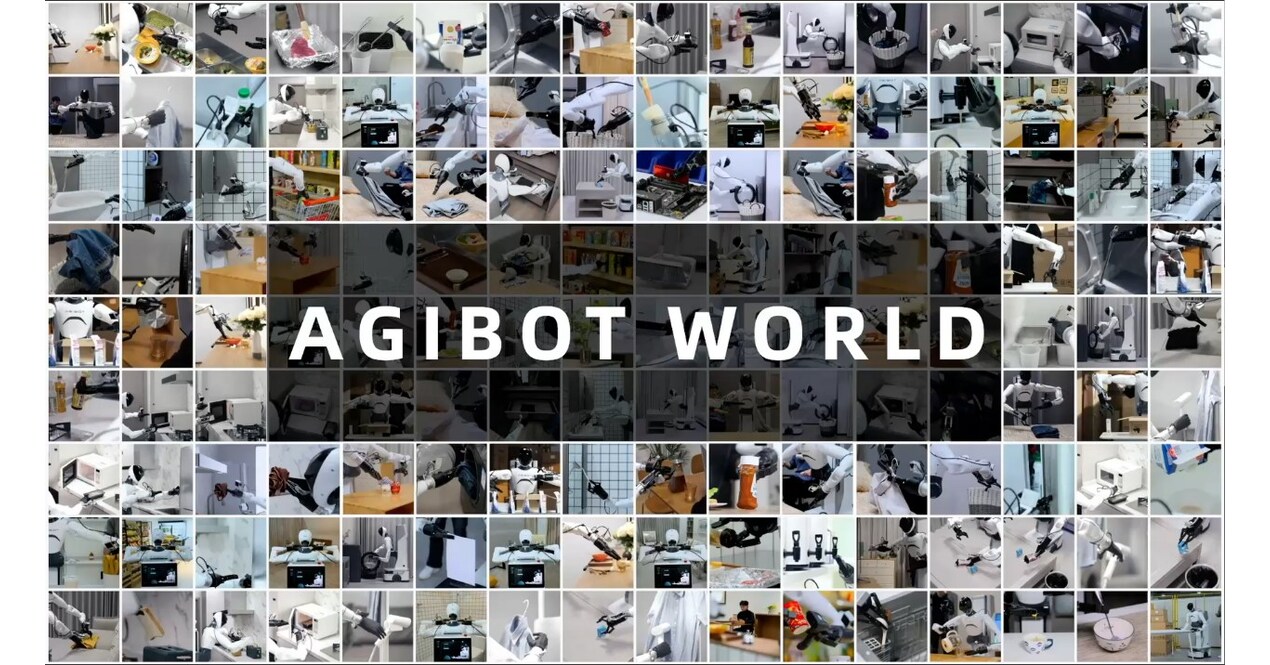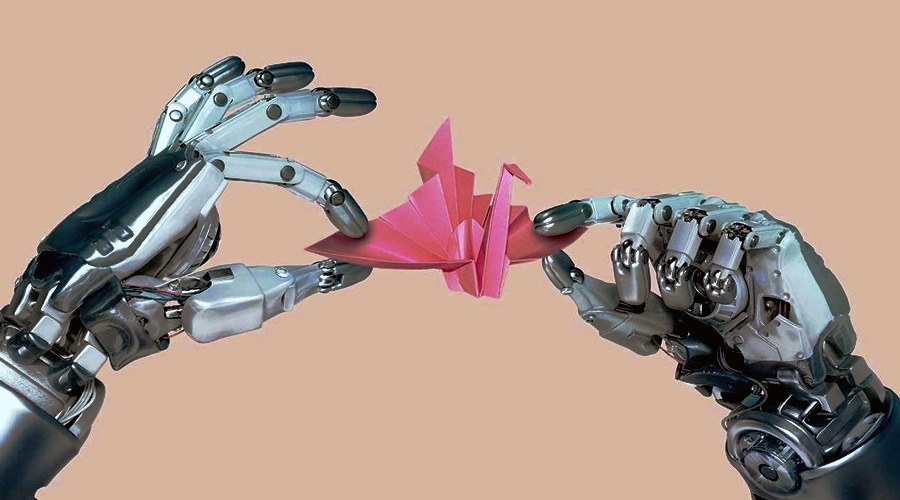While Western countries debate the risks of artificial intelligence in education, China is making it an integral part of the learning process. Recent data shows that more than 60% of students and teachers in China use AI tools several times a week, and only 1% have never used them.
But why is China so confidently integrating AI into education, while Europe and the US are concerned about plagiarism and the loss of critical thinking? And what consequences will this have for global education?
▌ AI as a Mandatory Subject: Revolution in Chinese Universities
Unlike Western universities, where AI is often seen as a supplementary tool, China is integrating it into the mandatory curriculum. For example, Zhejiang University has already introduced AI courses for all students, regardless of their specialization.
China's Ministry of Education has launched a large-scale "AI+" program that covers all levels, from schools to graduate studies. The goal is to make every graduate competitive in the era of the digital economy.
▌ Local AI Models: Security and Efficiency
Chinese universities are actively developing their own AI platforms, such as DeepSeek, to avoid dependence on Western technologies. These models are adapted to Chinese educational standards and offer:
- Idea generation for scientific papers,
- Big data analysis in the humanities,
- Automatic review of student work.
Teachers do not prohibit AI, but teach students how to work with it — for example, fact-checking, improving arguments, and even identifying bias in texts.
▌ "80% of Employers Want AI Skills": How China Is Preparing the Workforce of the Future
According to research, 80% of job vacancies in China already require basic AI skills. This applies not only to IT, but also to marketing, journalism, medicine, and even art.
However, there are challenges:
- Students try to submit AI-generated texts as their own,
- Some teachers resist new technologies.
But in China, these issues are addressed with clear rules:
- AI text detection systems (although they are not yet perfect),
- Emphasis on critical thinking — students should be able to analyze, not just copy.
▌ Why Is the West Lagging Behind?
In the US and Europe, discussions about AI often focus on bans and restrictions. For example, some schools block ChatGPT, fearing plagiarism.
But China is taking a different path: not prohibiting, but adapting. Here, they believe that artificial intelligence is not a threat, but a tool that needs to be mastered before others.
▌ What Will Happen Next?
- By 2030, China plans to become a world leader in AI education.
- Western universities will either follow its example or fall behind.
The choice is simple: either integrate AI and prepare specialists for the future, or lag behind forever.
What do you think — should AI be banned in education or actively integrated?


















